One of the reasons we were so exccited about moving to Portugal is its location for travel. All of Europe and Northern Africa are now a much easier trip. In the 23 months since we arrived, we’ve been to:
Braga, Portugal
Cascais, Portugal
Coimbra, Portugal
Espinho, Portugal
Nazaré, Portugal
Oeiras, Portugal
Porto, Portugal
Part of why we haven’t traveled outside the country is because moving is busy and buying an apartment is busy and furnishing it is busy. We’ve been … a little busy. Plus, Portugal has such an astonishing variety of geography and types of cities and towns within its compact landmass that it is easy to be satisfied with smaller trips.
We’ve always liked quick trips. While we lived in Saint Louis, we went to Louisville, Nashville, and Kansas City. Each of those is four to five hours away. The things is, though, those are pretty much all the attractions in the area, and they’re all quite similar.1
Here, the same trip (usually shorter) will get you to world famous beaches, an historic college town, medieval cities, and charming villages. This past weekend we broadened our horizons. We traveled with friends to the Algarve in the south of Portugal. We drove about three hours south for this weekend getaway.
We were based in Faro, in a meh Airbnb. From there we explored the eastern half of the Algarve. (I can hear you now: The Algarve is IN Portugal! Your headline says you left Portugal! Patience, grasshopper, patience.)
Our first stop was the Orchard of Flavours. They bill themselves as an edible orchard. While true, I think is more accurate to say that it is a proving ground and place of experimentation in agroecology: sustainable farming that works with nature, especially climate change. You already know this is right up my alley! The question they are setting out to answer is: What fruit plants can we grow here in the south of Portugal that will handle the effects of climate change: drought, flood, changes in temperature, and larger storms?
The funny and patient founder gave us a great tour of what they’ve done in the short five years they’ve been open. It’s really amazing to see how much they’ve accomplished - in a space not much larger than two hectacres you’ll find 800 plant species and multiple growing methods - from water drainage systems to food forests, it’s an amazing - and important - place; well worth a visit!
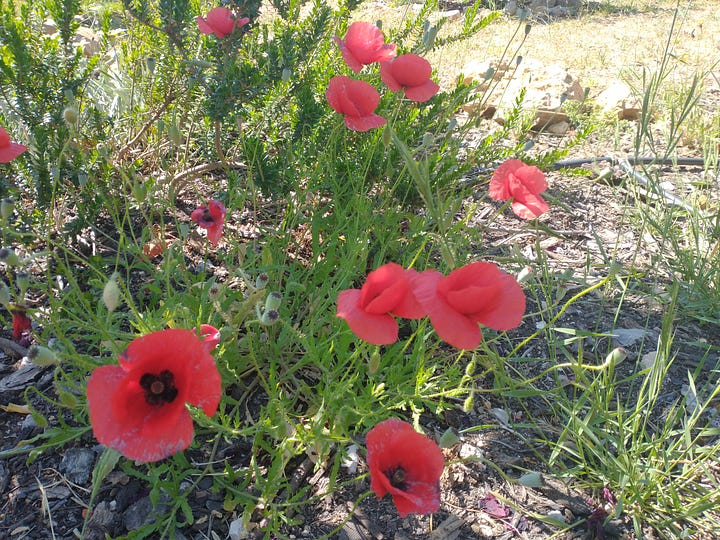
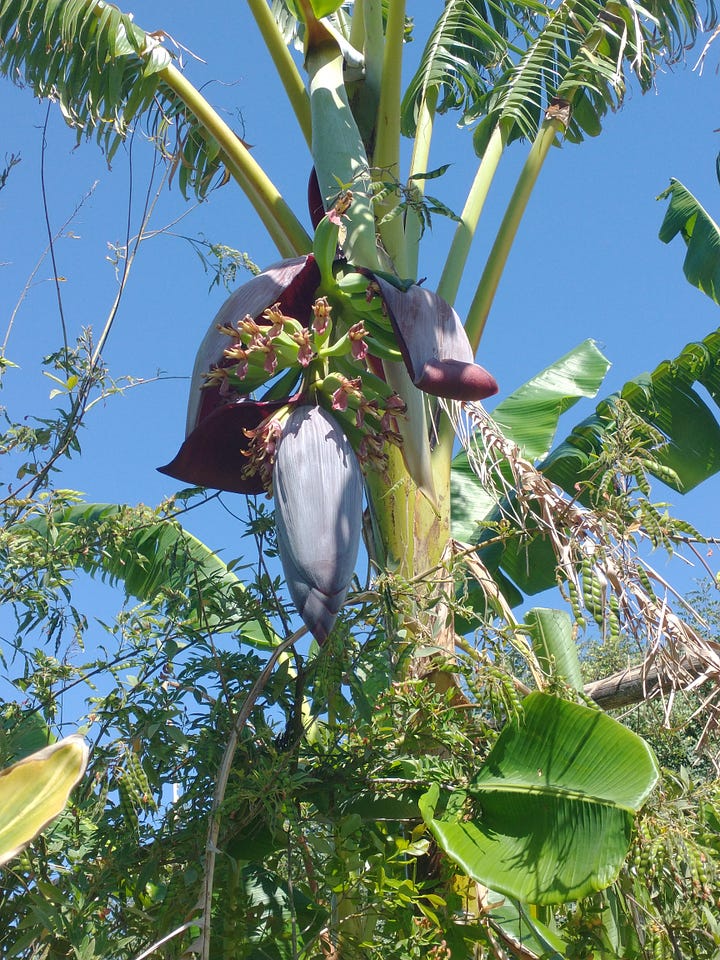

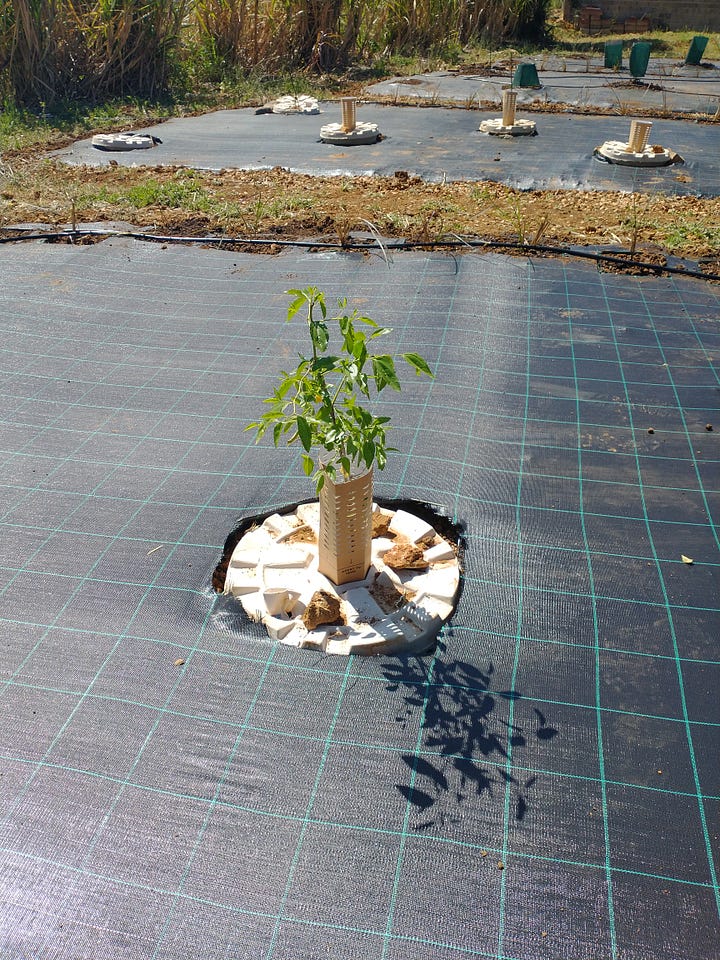
After all that walking it was time for lunch! We made our way to Tasquinha do Bruno in the charming small town of Santa Luzia. A tapas bar, they brought us lovely lunch dishes. Santa Luzia is one of the adorable towns filled with white buildings that dot the Algarve.
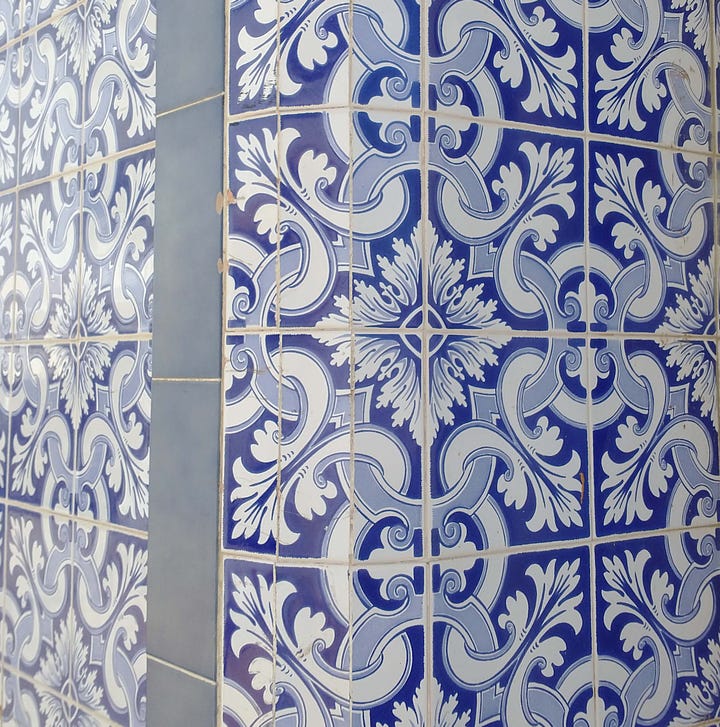
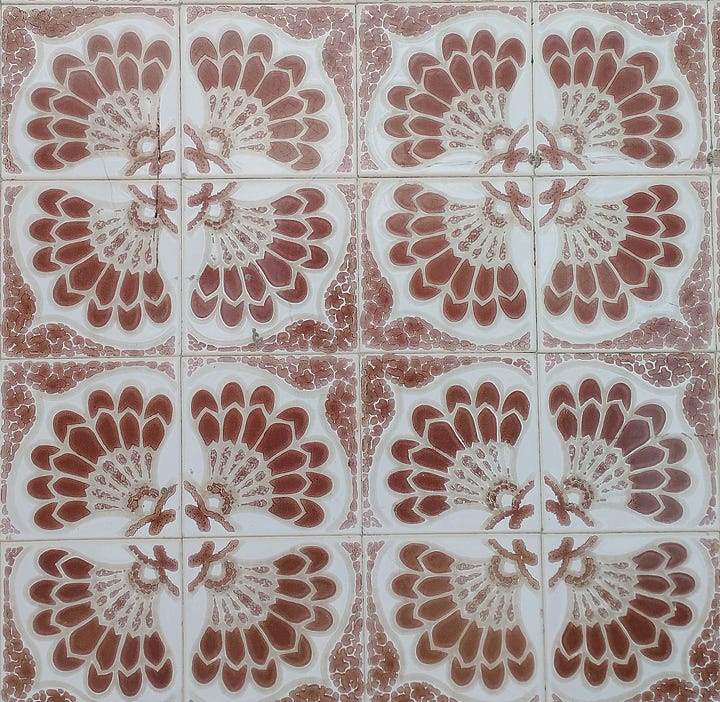
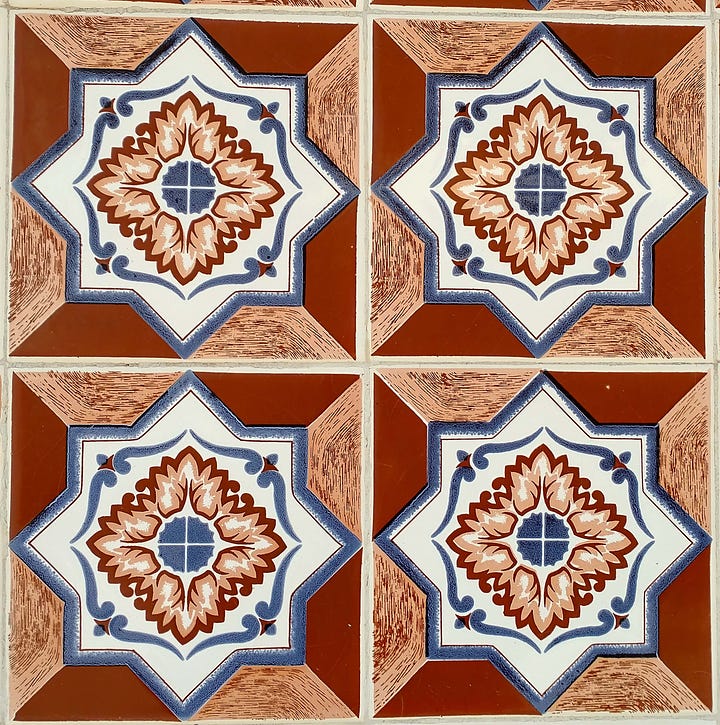
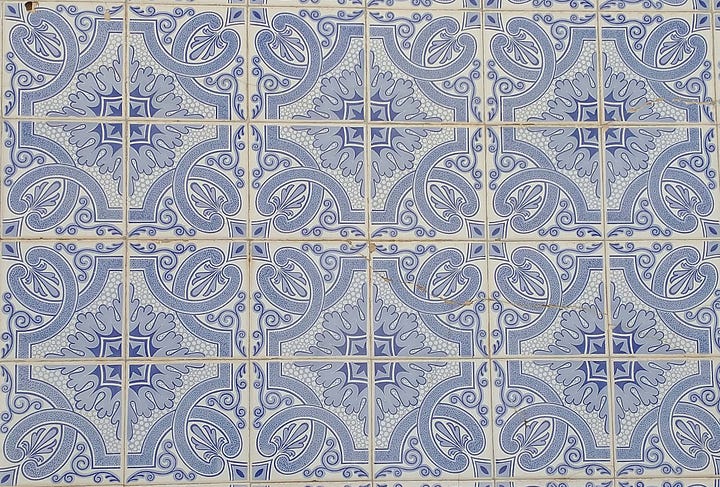
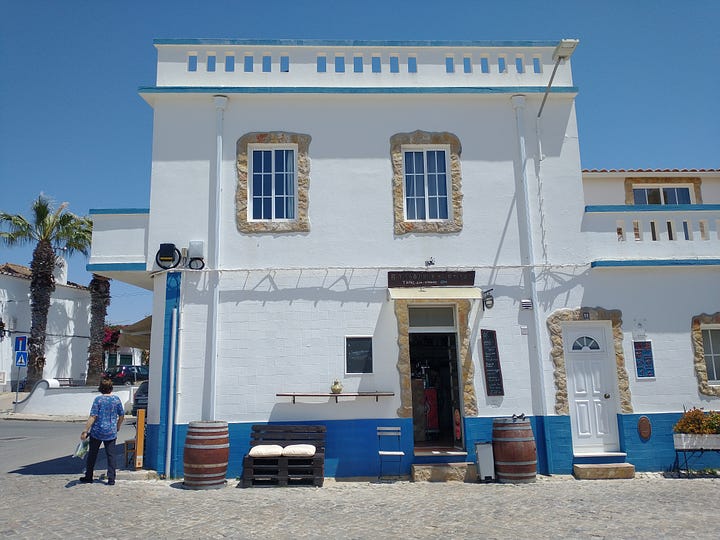
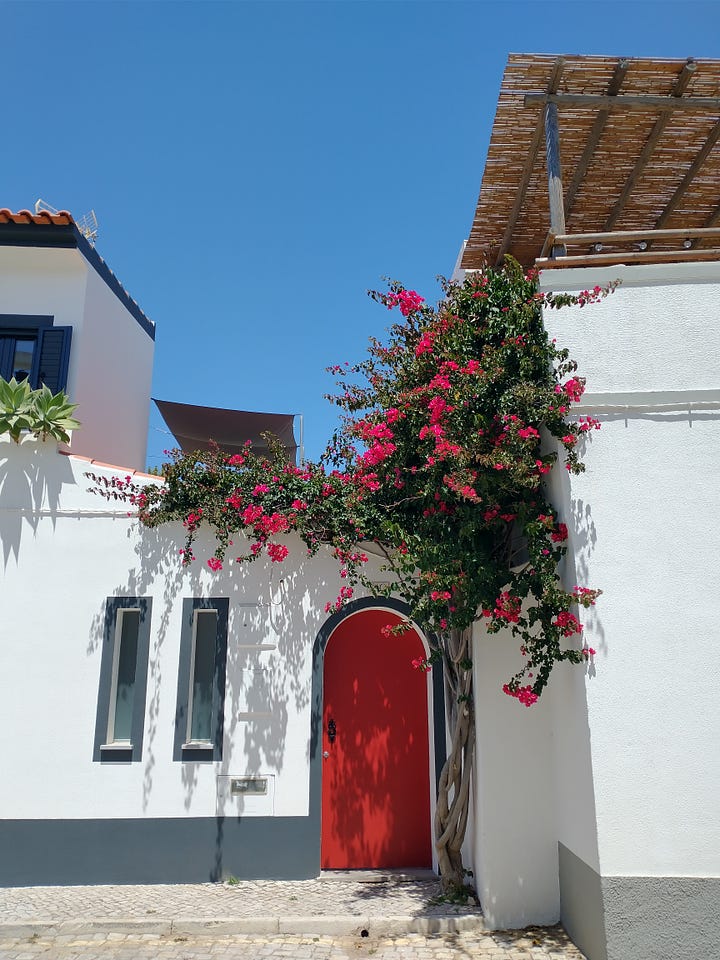
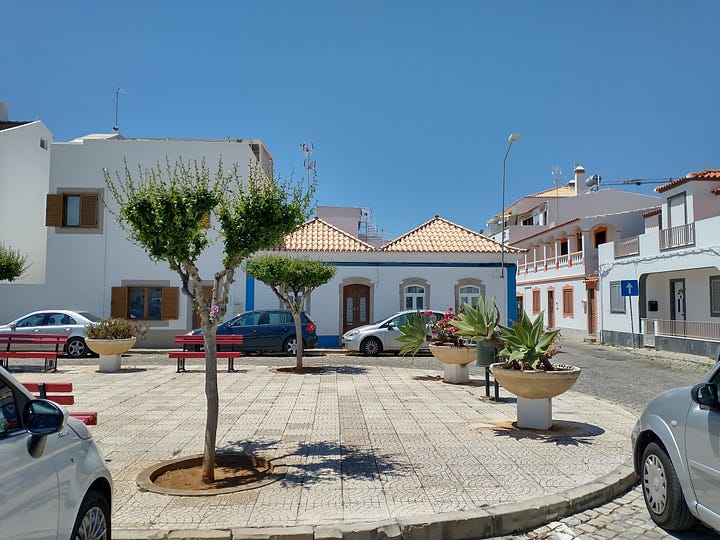
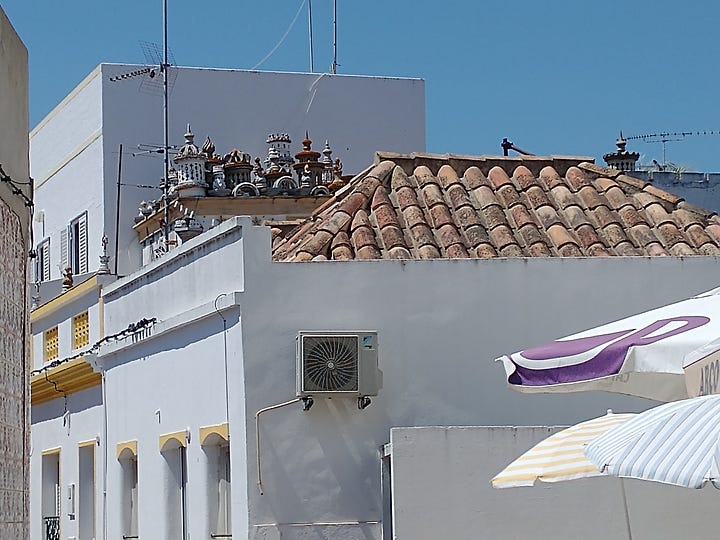
We continued our eastward trip with a quick stop to check out Cacela Velha, a tiny town with the fortress Cacela Castle and stunning vistas of the Ria Formosa, a salt marsh that protects the mainland and provides habitat for countless species. The internationally important wetlands extends for 60 miles and is a series of barrier islands. It deserved a much longer visit!

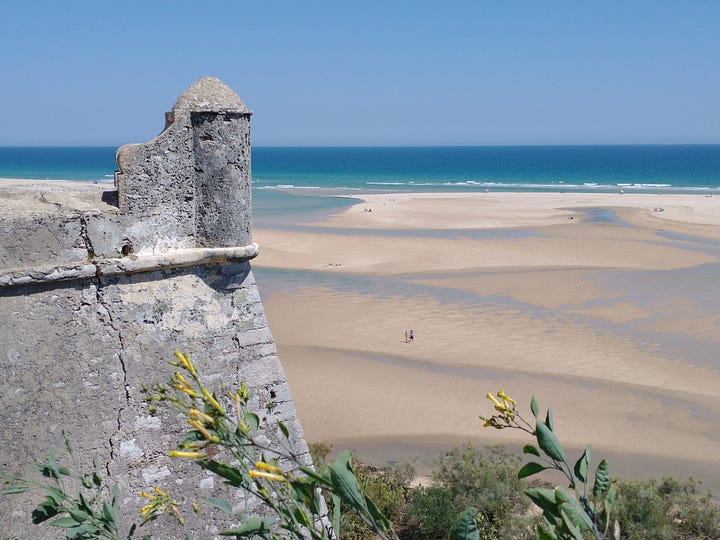
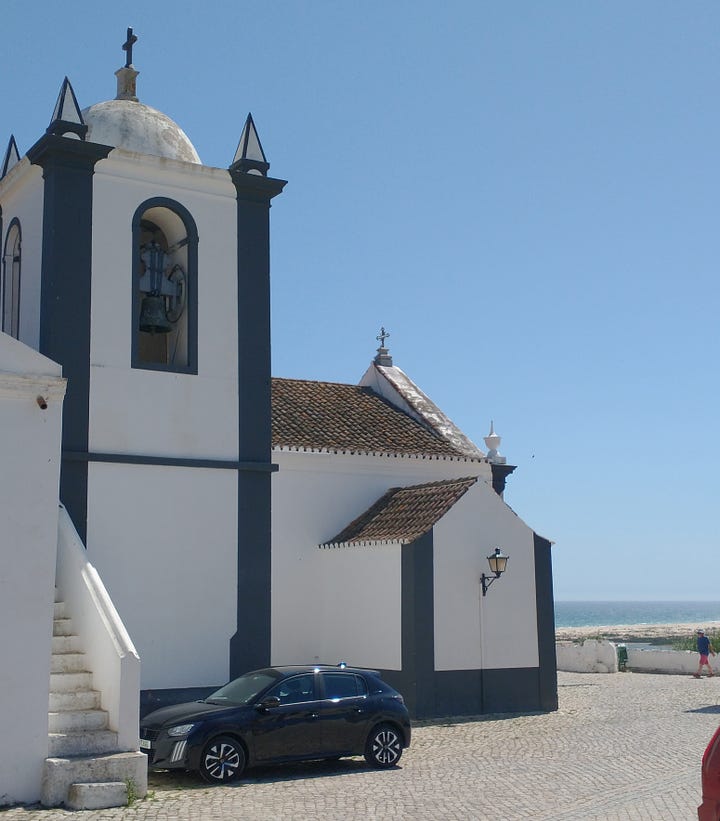
Vila Real de Santo António (more commonly known as VRSA) is the last town before Spain. It’s against a river that is the boundary between Portugal and Spain. It’s also well known for its affordable, hand-made pottery, so we did a little shopping. An 18 piece set of handmade pottery was going for 55 euros.
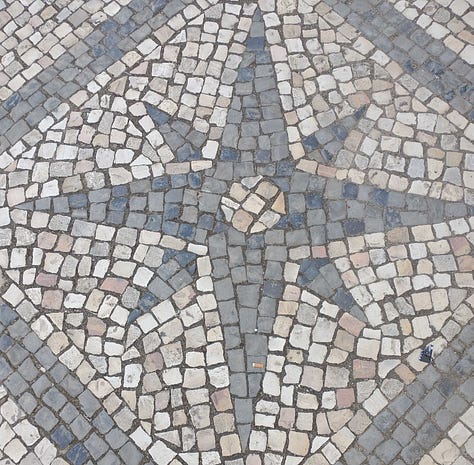
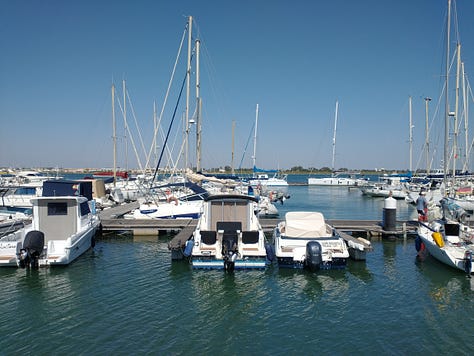
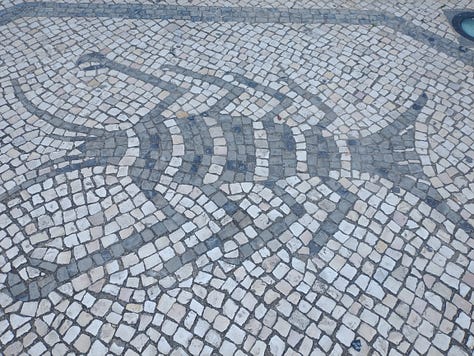
It was around here that our friends said that petrol is supposed to be much cheaper across the border.
Yes, our first trip out of the country was to get cheap petrol.
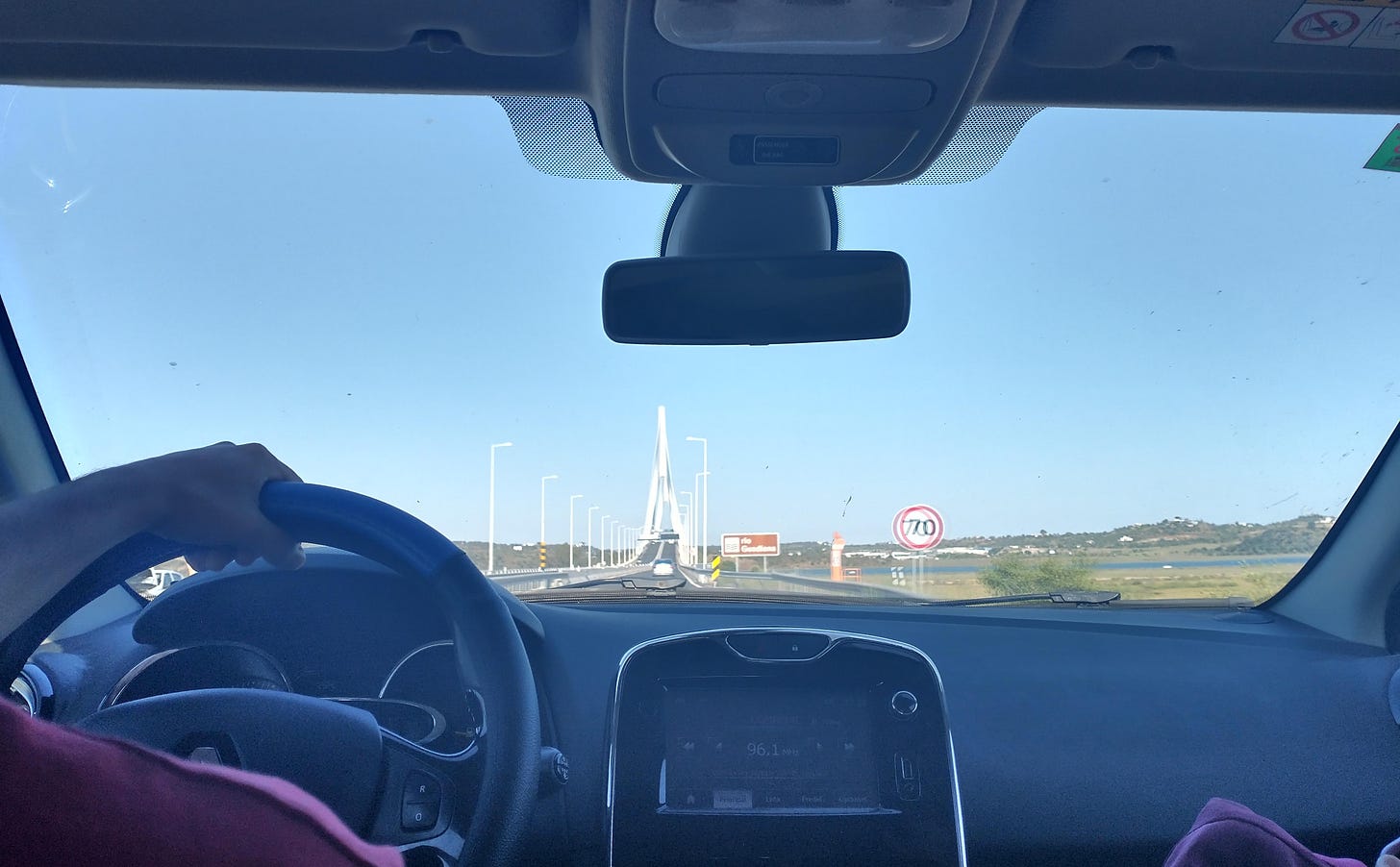
Going to Spain - for gas! - was not on docket when we planned the day. I was quite concerned because I didn’t have my passport with me. I was assured it was fine, but… how can that be? Turns out, there’s no border crossing like I think of as a border crossing. The sole indication that we had changed countries was a Welcome to Spain sign.
The next day we had a tour of Estação do Ramalhete (Universidade do Algarve). One of our friends is studying fish there - specifically, how to get fish in captivity (farmed fish) to breed. It’s apparently quite tricky. The species he is working with - sole or Solea senegalensis - has fertility issues. Fish born in the wild are fertile in captivity. However, their progeny - the fish born in captivity - are not fertile. He is doing experiments to see if that can be altered. We also saw tanks of experiments with other species, and even some octopuses that are the subject of behavioral experiments.
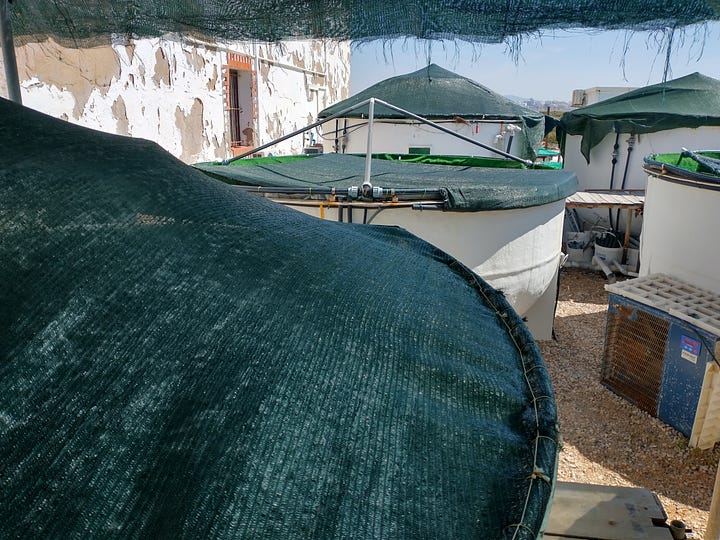
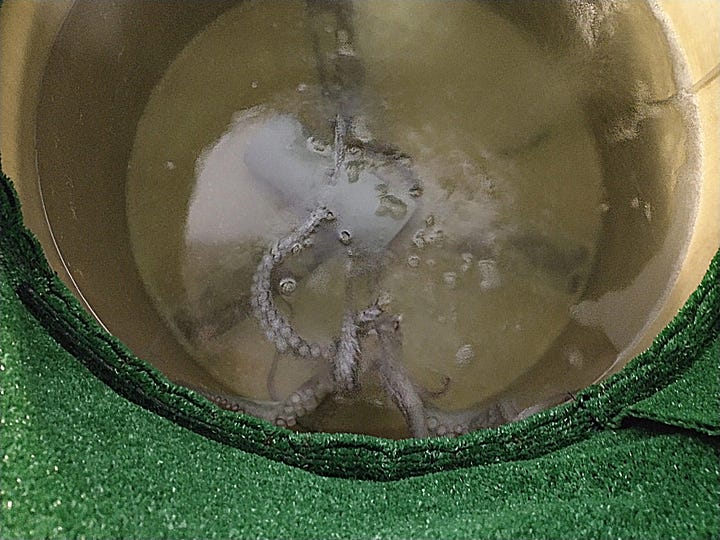
Faro was by far the biggest city we saw in our tour of Eastern Algarve. We did not get to spend enough time in any of these places, but most especially in Faro. We look forward to going back!
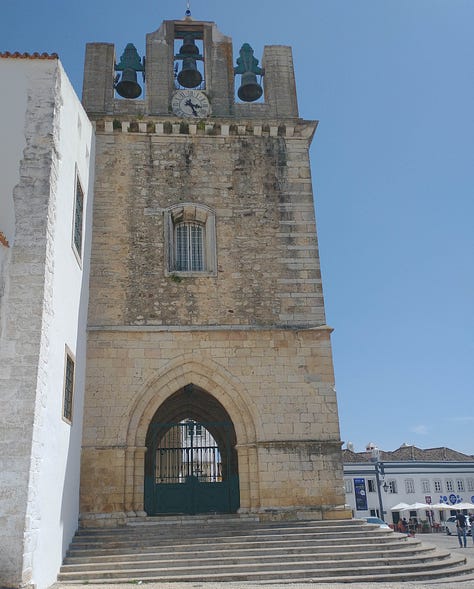
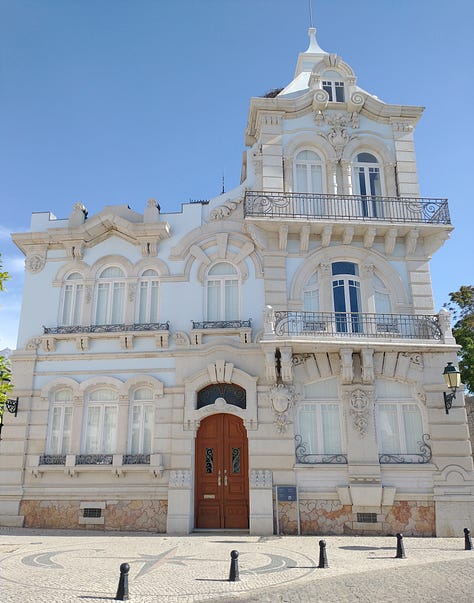
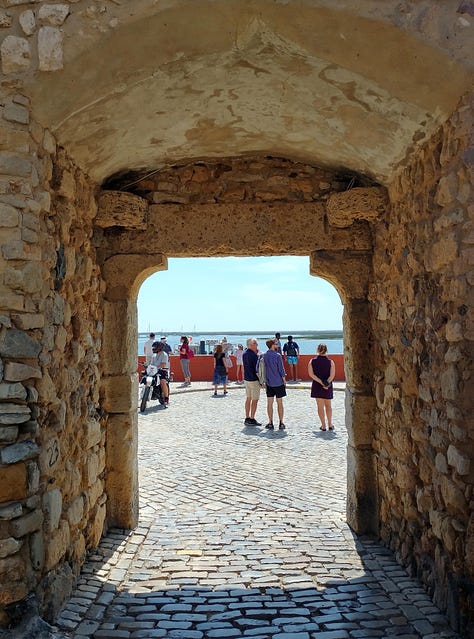
The video shows the White Storks of Faro. They nest on rooftops throughout the city. If you listen carefully, you can hear the chattering noise they make with their bills, and the end shows you a stork in flight.
That’s all for now,
Love from Lisbon!
Amy
Ok, ok, I didn’t mention Chicago! We never got there. Not sure why, but we didn’t.






Love this! Keep the travel journal coming!
Beautiful pictures. Excited to hear about a visit to North Africa. Africa feels like an enigma to me. Wonderfully mystical, amazing, a cultural depth that's impossible to comprehend. I had relatives in South Africa. Lots! of history to wonder about. But never discussed as part of the family. So, where are you going next? !! Me? I'm going to our garden to do some weeding.....